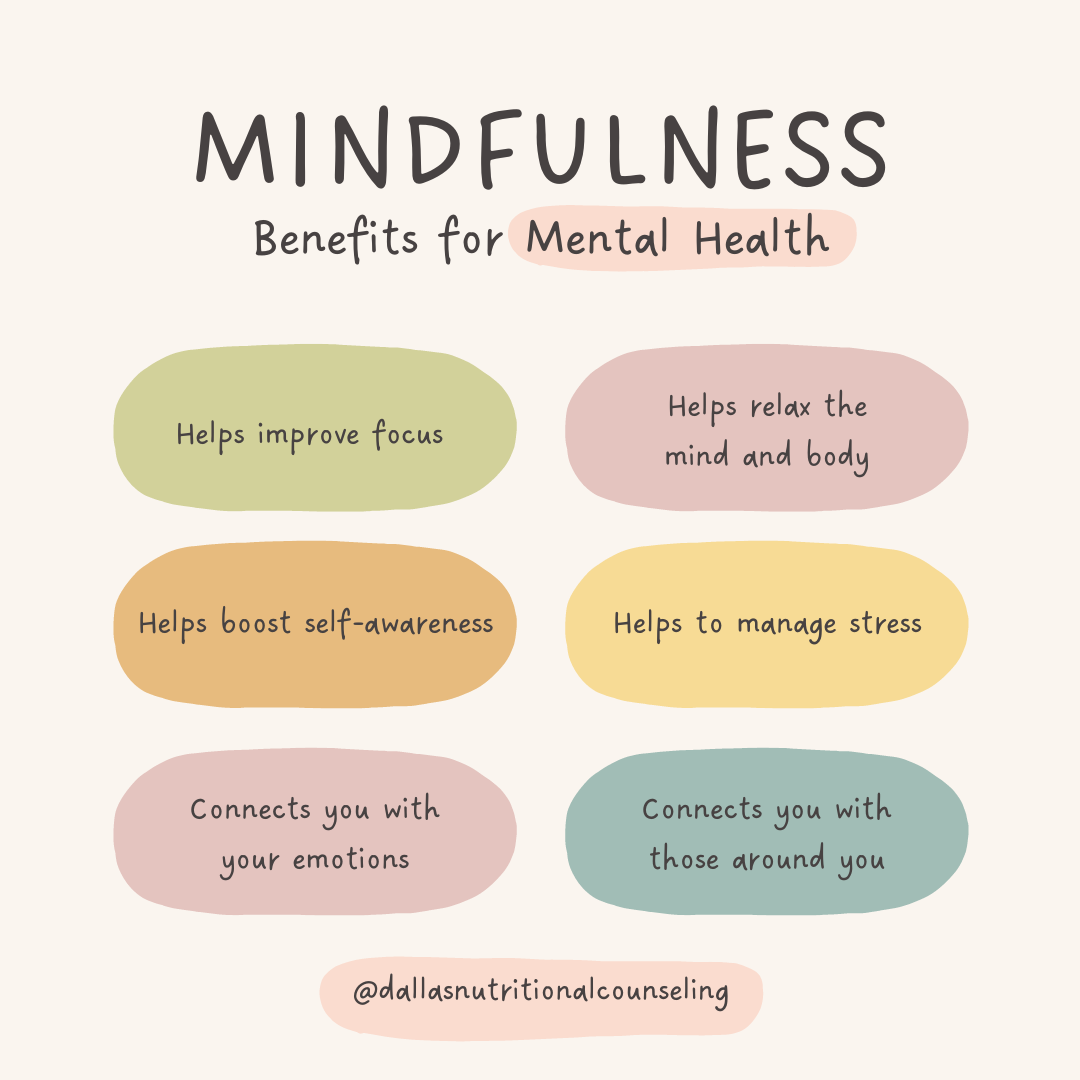Mindfulness Exercise
What is Mindfulness?
Mindfulness is the practice of purposely bringing one's attention to the present-moment experience without evaluation, a skill one develops through meditation or other training.
Mindfulness is a type of meditation in which you focus on being intensely aware of what you're sensing and feeling in the moment, without interpretation or judgment. Practicing mindfulness involves breathing methods, guided imagery, and other practices to relax the body and mind and help reduce stress.
Mindfulness Exercise - Leaves on a Stream
Leaves on a Stream is a tool used in cognitive defusion therapy that teaches us how to cope with uncomfortable thoughts and feelings. Defusion provides a powerful way to deal effectively with painful, unhelpful, or self-defeating thoughts by viewing them from afar. By doing this, we can see how they are affecting us. We learn to recognize: “I am having this thought, but it isn’t necessarily true.” Research has validated the effectiveness of cognitive defusion techniques and recommends this tool be used when you catch yourself engaging in stressful circling thoughts or when you’re experiencing strong emotions like anxiety or anger.
Follow this mindfulness script for Leaves on a Stream
Sitting in a comfortable position, allow your shoulders to drop and relax, and plant your feet firmly on the ground. Gently close your eyes, and for the next few breaths bring your full focus of attention to your breathing. Notice the feeling of the air flowing through the nostrils, down into the lungs, and down into the belly as you inhale and, on the exhale, feel the release of any tension as you let the air out slowly.
Now, imagine that you are sitting by the side of a gently flowing stream. There might be a light breeze blowing as you sit here, dappled light glistening on the water, and soft green grass beneath you. Imagine the stream however you like, it’s your imagination.
Now imagine that there are leaves floating on the surface of the stream, and these leaves are gently flowing past you, down the stream. For the next few minutes, see if you can take every thought that pops into your head and place it on a leaf.
Your thoughts may show up in your mind in the form of words, or pictures, or something else. However a thought arises, simple place it on a leaf, and let it float by. Do this regardless of whether the thoughts are positive and enjoyable, or negative and challenging. Simply place each on a leaf, and let it float down the stream.
If you notice that your thoughts stop momentarily, just continue to watch the stream. Sooner or later your thoughts will start up again. Allow the stream to flow at its own rate. There is no need to try and speed it up. The aim here is not to wash the leaves away. The aim is to allow them to come and go in their own time. To sit and watch. If your mind says something along the lines of “I can’t do it” or “This is stupid”, place those thoughts on leaves, and let them float by.
If a leaf gets stuck, let it hang around. There is no need to force it to float away. Simply sit and watch as sooner or later another leaf will come along and give it the nudge it needs. If a difficult feeling arises, such as boredom, impatience, or anxiety, simply acknowledge it. Say to yourself “Here is a feeling of boredom,” “Here is a feeling of impatience”, “Here is a feeling of anxiety”, and place those thoughts on a leaf.
As the exercise comes to an end, begin to let go of your imagined stream and bring your attention back to where you are. Notice what you hear, what you feel and when you’re ready, open your eyes and notice what you can see. Take a minute to sit quietly before carrying on with your day. Holding on to this sense of present and spaciousness from thinking.
Harris, R. (2009). ACT made simple. Oakland, CA: New Harbinger Publications, Inc.
*This blog post was written by our intern Amy Krause*
Mindfulness Exercise - Dallas Nutritional Counseling: Mindfulness is a type of meditation in which you focus on being intensely aware of what you're sensing and feeling in the moment, without interpretation or judgment. Practicing mindfulness involves breathing methods, guided imagery, and other practices to relax the body and mind and help reduce stress.



LED Case Consultation - Ethics & Treatment of Longstanding Eating Disorders, Dallas Nutritional Counseling & Angela Harris Counseling professional consultation and supervision for severe and enduring eating disorders